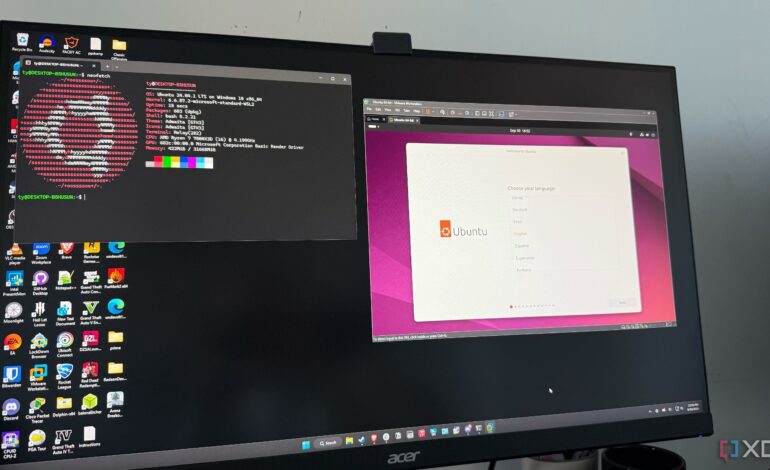Switch from WSL to Full Linux VM: A Developer’s Perspective

Transitioning from the Windows Subsystem for Linux (WSL) to a full Linux virtual machine (VM) can significantly enhance a developer’s experience. After using WSL for various tasks, many users find the limitations of this system increasingly frustrating. As developers explore more complex operations, a full VM provides the flexibility and functionality that WSL lacks.
Isolation and Control: The Benefits of a Virtual Machine
One of the primary advantages of using a VM is the ability to isolate the environment completely from the host system. This isolation is not achievable with WSL, where the Linux environment shares the host kernel. A VM operates with its own storage, kernel, and configuration, allowing for kernel-specific tweaks and easier troubleshooting. For instance, if a VM encounters issues, users can easily take snapshots to revert to previous states, something that is cumbersome in WSL.
In WSL, users must contend with dynamic IP addresses assigned to instances each time they start. This inconsistency complicates networking tasks, especially when reconfiguring post-reboot. By contrast, VMs can maintain a static IP address or obtain one through DHCP, making them more reliable for networking purposes. The networking tools available in Linux, such as iptables and tcpdump, function more predictably in a VM environment.
Enhanced Resource Management and Desktop Environments
Resource allocation in WSL is automatic, a feature that is both beneficial and limiting. Developers often require specific amounts of CPU, RAM, and storage, which can be configured in a VM. In a full VM, users have the flexibility to adjust resources as needed, avoiding competition for system resources that can occur with WSL instances running concurrently.
While command-line navigation is sufficient for many experienced users, having a full desktop environment enhances usability. A graphical user interface (GUI) simplifies tasks like file management and application usage, making it more accessible for those new to Linux. Applications such as GIMP and LibreOffice facilitate a broader range of tasks that are not possible through WSL.
Although WSL remains a valuable tool for quick development tasks and scripting, its limitations become apparent when users require extensive networking capabilities, hardware passthrough, or a customizable kernel. The transition to a full Linux VM offers a more robust solution, making it a favorable choice for developers seeking enhanced performance and flexibility. Users who have made this switch often report a smoother experience, particularly when engaging in more complex development tasks.






